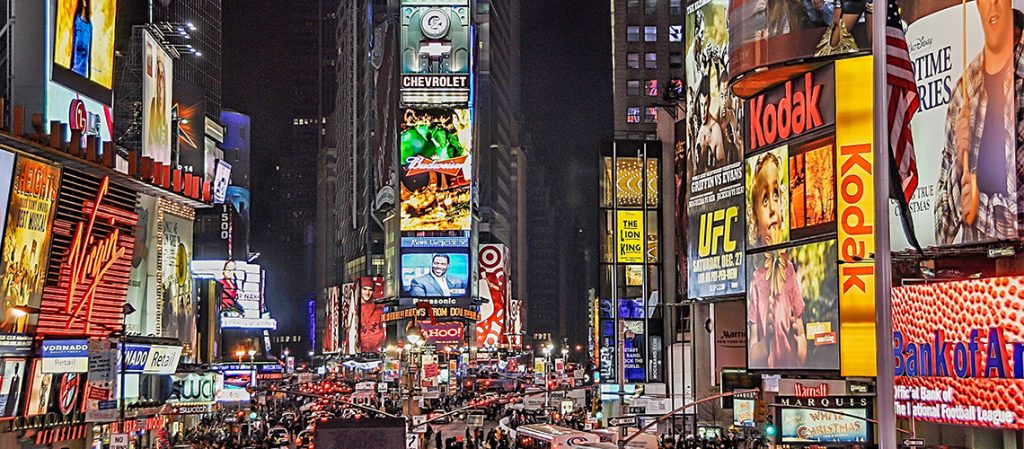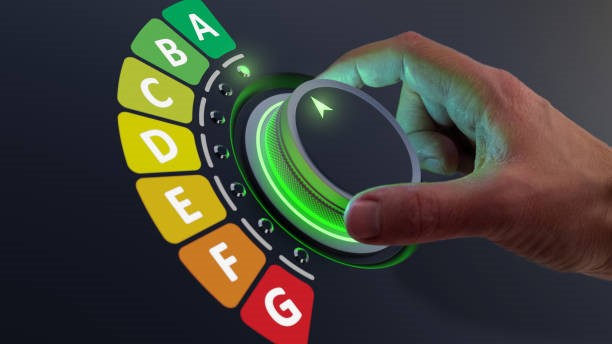In light of our collaboration with Härting, a German niche law firm with a focus on IT and IP, we will regularly repost one of their blogs. Below the first of this series.
Nico Rosberg is a German Formula 1 racing driver. In order to express his joy at Germany winning the World Cup, he had a photo of the trophy printed on his helmet. FIFA, who organise the World Cup, were not at all pleased.
A flood of reports is currently making the headlines following FIFA’s demand that Rosberg remove the picture of the trophy from his helmet. The football association considered the action an infringement of their trademark and Rosberg had it removed. Were they right?
FIFA have, in fact, registered the World Cup trophy as a figurative trademark. A picture of the trophy is registered under the European trademark no. 009113391; “its use on protective sport helmets” is protected.
In order to have committed a trademark infringement, Rosberg would have to have used the picture on “protective helmet products”. He did not. Nico Rosberg does not market helmets and his own helmet is not for sale. As such, the picture of the trophy on his helmet cannot be read as product labelling.
In using the picture of the trophy, Nico Rosberg quite clearly wanted to say “Germany are World Champions, I’m so delighted” or similar. Does this mean then that an infringement has not been committed? Not necessarily. According to ECJ case law, use of a trademark is not automatically justified simply on the basis of the user’s desire to demonstrate solidarity with the trademark owner. Cf. (ECJ, 12.11.2002, C-206/01). The case concerned an individual, who had made and sold football scarves printed with “Arsenal”, his favourite football club. In a separate decision, the ECJ ruled that the use of a mark solely as embellishment on a product does not necessarily constitute a restriction on protection (ECJ, 10.4.2008 – C-102/07 – adidas und Benelux). According to the ECJ, far more relevant is the question of whether or not the actual depiction of the mark is detrimental to the character of the trademark.
The main function of a mark is to provide indications to the purchaser concerning the kind, quality, quantity, intended purpose, value, geographical origin or other characteristics of goods or services i.e. the indication of origin. In the case of the football scarves, the ECJ assumed, or rather, did not exclude, the possibility that potential purchasers might confuse these scarves with official club products. The Rosberg case, however, is quite different. In view of the facts (Germany = World Champions and Rosberg = fan), it is barely conceivable that anyone might gain the impression that the depiction of the World Cup trophy on Rosberg’s helmet indicated a product or a service. In addition, it is highly questionable that the trophy itself might be taken to indicate a specific manufacturer. Far more likely is that it would be seen for what it is, namely a symbolisation of having won a significant competition. cf. Higher District Court of Munich (OLG München) on Bundesliga Championship Trophy: decision dated 19.11.2009 – 29 U 2835/09).
The essential function of the mark could indeed be compromised as Rosberg had placed the trophy on his helmet, i.e. in a position customarily used by Formula 1 pilots for advertising purposes. One might also suspect that Rosberg was trying to gain publicity for himself and as such was using the attraction and advertising impact of the World Cup Trophy inappropriately or even to detrimental effect. This, however, is most doubtful as it is not sufficient that the trophy be registered as a figurative mark and that a certain symbolism in respect of the World Cup exist. The trophy would have to have functioned, and have been used, always as a figurative mark and as such indicative of a specific origin. This is not the case here. The symbolism of the World Cup trophy is solely an indication of the competition itself and not in any way of the organiser (FIFA). Rosberg’s specific use of the trophy is quite clearly that of a German Formula 1 pilot expressing his joy at the latest world championship title having been won by the German national football team and in no way as any kind of personal advertising strategy. Were it not for this specific occasion, it might indeed be construed that the advertising impact of the mark could be damaged e.g. if Rosberg were to leave the picture of the trophy on his helmet for a longer period of time e.g. into the coming Formula 1 season. It is my opinion that Nico Rosberg was not under any obligation to accede to FIFA’s demand.



